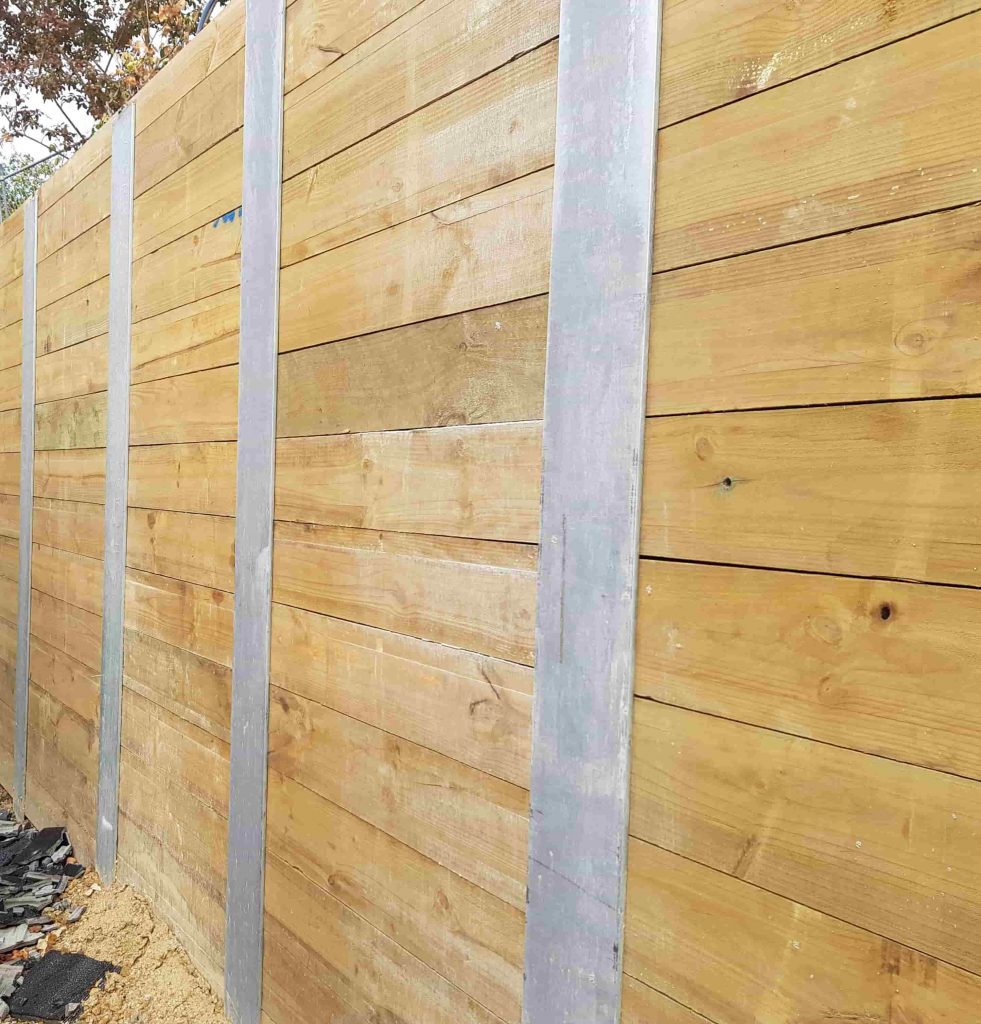Introduction
Retaining walls are more than simply a useful solution for soil erosion; they can be a spectacular feature in your landscape style. Whether you're handling a sloping garden, an uneven driveway, or you simply wish to add some character to your outdoor area, comprehending the maintaining wall setup process is vital. This guide will take you through every step, from principle to completion, making sure that you understand what to expect and how to get the best outcomes. We'll explore numerous materials consisting of concrete sleepers, timber sleepers, and wood sleepers-- and explore their pros and cons. So grab your shovel (or your coffee) and let's dig in!
Understanding Maintaining Walls
What is a Maintaining Wall?
A keeping wall is a structure developed to hold back soil or rock from a vertical or near-vertical slope. They can be made from various products such as stone, concrete, brick, or wood. Essentially, they "maintain" the earth behind them.
Why Set up a Maintaining Wall?
Erosion Control: Avoids soil erosion on sloped terrains. Landscaping Design: Includes visual appeal and dimension. Functional Area Creation: Turns steep locations into usable spaces. Water Drainage Management: Assists manage water overflow effectively.From Idea to Completion: The Retaining Wall Installation Process
Planning Your Project
Step 1: Determine Your Purpose
Before you dive into construction, ask yourself-- what do you require this wall for? Is it simply aesthetic, or does it serve a functional function?
Step 2: Recognize Local Regulations
Always examine regional building regulations and policies before starting any project. Some locations require licenses for retaining walls over particular heights.
Step 3: Evaluate Your Site
Evaluate the area where you plan to install your retaining wall:
- Is there drainage currently present? What's the soil condition? Are there any existing structures nearby?
Choosing the Right Material
Concrete Sleepers vs Lumber Sleepers vs Wood Sleepers
There are numerous materials readily available for constructing retaining walls:
|Product|Pros|Cons|| ----------------|---------------------------------------|-----------------------------------------|| Concrete Sleepers|Resilient, low upkeep|Higher initial expense|| Timber Sleepers|Aesthetic appeal|Less resilient than concrete|| Wood Sleepers|Natural appearance|Vulnerable to rot|
Making Your Choice
Your choice of material will depend on budget, aesthetic appeals, Tuff Stuff Retaining Walls and the intended life expectancy of the wall.
Designing Your Maintaining Wall
Create a Style Plan
Once you've chosen your products, it's time for some design magic! Strategize your concepts thinking about dimensions and aesthetics.
Calculating Dimensions
Height: How high do you desire it? Length: Determine the location that needs support. Thickness: This depends on the selected product; thicker walls typically offer more stability.Preparing for Installation
Gathering Tools and Materials
Before breaking ground, ensure you've got everything:
- Shovel Level Tape measure Stakes and string Gravel (for drainage) Selected material (concrete sleeper/timber sleeper/wood sleeper)
Clearing the Area
Clear away any greenery, rocks, and debris from where you'll develop the wall.
The Construction Process
Step 1: Digging the Trench
Dig a trench at least two times as large as your wall's density and deep sufficient to accommodate drain gravel.
Step 2: Setting Up Drainage
Drainage is vital! Set gravel at the bottom of your trench to help with water flow away from your wall.

Step 3: Laying the First Course of Blocks/Sleepers
Start with your initial layer:
Use a level to ensure it's straight. Adjust as essential by adding or removing gravel underneath.Step 4: Building Upward
Continue laying blocks/sleepers in staggered patterns for strength up until you reach desired height.
Step 5: Backfilling Behind the Wall
As you develop, backfill behind your wall with gravel gradually to supply support while allowing water drainage.
Finishing Touches
Capstone Installation
If utilizing cinder block or bricks, consider placing capstones atop for added stability and style!
Landscaping Around Your Wall
Don't forget visual appeals! Plant flowers or shrubs around your freshly constructed maintaining wall for visual appeal.
Maintaining Your Keeping Wall
Regular Inspections
Check regularly for signs of damage or erosion:
- Look for fractures in concrete. Ensure wood hasn't rotted.
Cleaning
Keep it clean by getting rid of debris which might trap moisture versus the wall's surface.
FAQs About Keeping Walls
How long will my retaining wall last?- A sturdy concrete sleeper maintaining wall can last over 50 years while lumber may last around 20 years with proper maintenance.
- Absolutely! Just ensure you recognize with local code requirements and understand fundamental building and construction principles.
- It depends upon personal preference! Concrete is long lasting however less natural looking than lumber which brings heat but needs more upkeep.
- For bigger tasks or complicated designs involving engineering aspects, seeking advice from experts is advisable!
- Yes! You could utilize gabions (wire baskets filled with rocks) and even recycled materials if you're eco-conscious!
- Proper layering of gravel during setup helps; think about setting up weep holes if needed!
Conclusion
Building a maintaining wall does not have to be intimidating; with some preparation and effort (and maybe a couple of buddies), you can transform your landscape magnificently! Whether you select durable concrete sleepers or charming wood sleepers, each option has its benefits customized to meet various needs-- both practical and aesthetic alike! Now that you have actually journeyed through "From Concept to Completion: The Retaining Wall Installation Process," you're more than equipped to tackle this project head-on!
So why wait? Start sketching those strategies today!